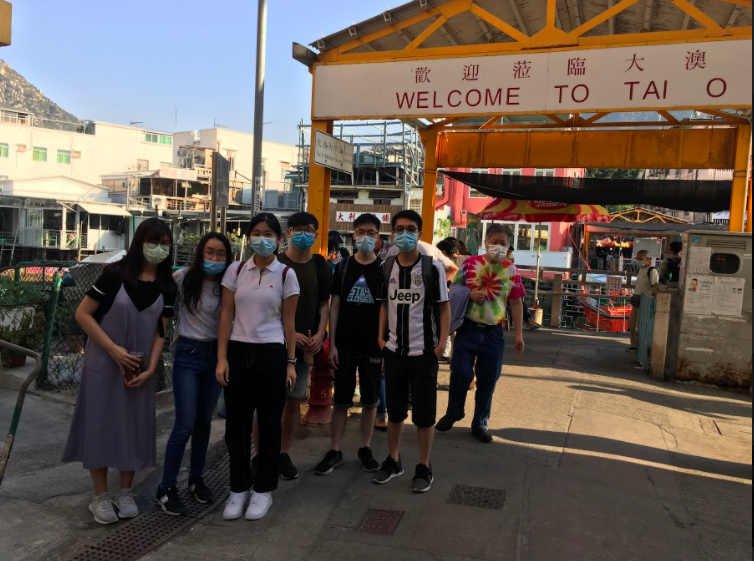
1. Introduction
Tai O is a village located at the south west of Lantau Island. It has been inhabited since the Han dynasty. The early settlers originated from the coastal area of Southeast China. Nowadays, it is a famous tourist spot which provides the view of a historical fishing village. In this project, the formation of different traces of Tanka culture in Tai O and the impact of modern values on the traces were studied. We will answer two research questions, i.e. “How were different traces formed by the intersection of the geographical context of Tai O and Tanka culture?” And “how do modern values impact the traditional traces? “
Table 1 Research questions and research objectives
|
Research questions |
Research objectives |
|
1. How were different traces formed by the intersection of the geographical context of Tai O and Tanka culture? |
To investigate the formation of different traces made by the interweaving of geographical context of Tai O and Tanka culture. |
|
2. How do modern values impact the traditional traces? |
To study the impact of modern values on traditional traces. |
According to Anderson, nothing would take place in a vacuum (2010). The geographical context is not only the political or national boundaries, but wherever there are human activities (Anderson, 2010). Culture is all things human beings do, including politics, economy, and different schools of thought and values, which influence the formation of places (Crang, 1998). Traces are residues, marks and remnants produced by the intersection of geographical context and culture (Anderson, 2010). In this project, stilt houses, temples and marriage customs were studied as traces. Tanka culture and modern values were studied as culture. The framework of this study is shown in Figure 1.
For methodology, secondary data, field study and in-depth interviews are utilized. A local Tanka resident and two temple assistants were interviewed during the field study on 8 Nov 2020.
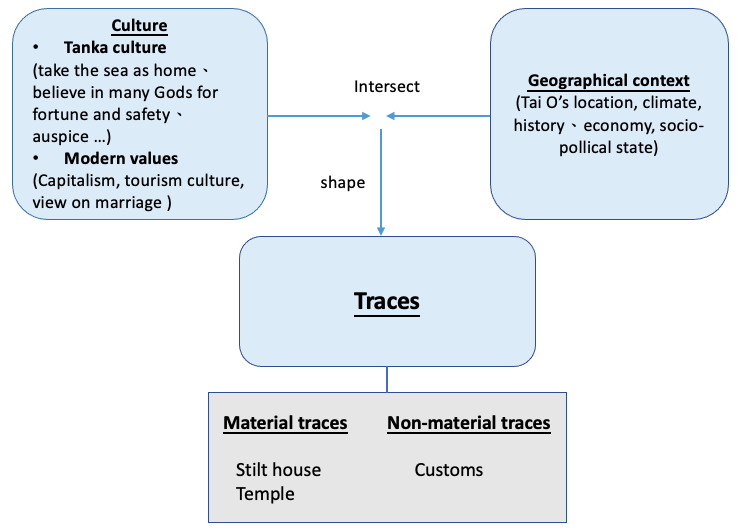
Figure 1 The conceptual framework of this study based on cultural geographical concepts
suggested by Anderson (2011)
3. Empirical Analysis:
3.1 The formation of traces of Tanka Culture in Tai O Fishing Village
Trace 1: Stilt house
Stilt houses are a unique scenery among Tanka residencies. The oldest stilt houses are built with simplistic and minimalistic materials, such as leaves of the Chinese fan palm and wooden boards. In the 1960s, Tankas started refurbishing these houses with more secure materials like metal sheets and concrete. This is because Tanka fishermen are originally categorized as a floating population instead of indigenous residents. They do not have the rights to abode, and the stilt houses are built illegally. They may not treat Tai O as a permanent place to reside and the belongingness is low. The change subsequently is due to the British Government bestowed favour on Tanka residents, making stilt houses legal. They have more belonging and confidence to reside in Tai O so they used more secure materials to consolidate the structure.
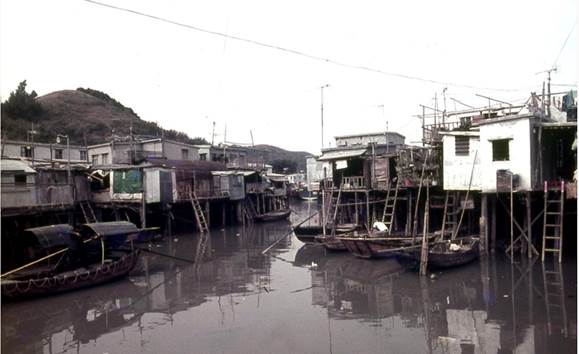
Figure 2. Stilt houses in Tai O are built with simplistic materials
(Source: Hong Kong Memory)
Moreover, until now, the interior and exterior of stilt houses don’t look posh as Tanka residents are typically frugal and would rather spend money to refurbish their boats.

Figure 3. The interior of a traditional Tai O stilt house with minimal interior
(Source: Field trip)
Another characteristic of stilt houses is their proximity, which originated from the proximity of boat squatters. This characteristic develops from Tankas’ nature of jobs, which are fishermen. Their job nature requires them to closely communicate for example, the location of catch and assist each other in times of natural disasters. The doors of stilt houses are always open so that neighbours can easily communicate.
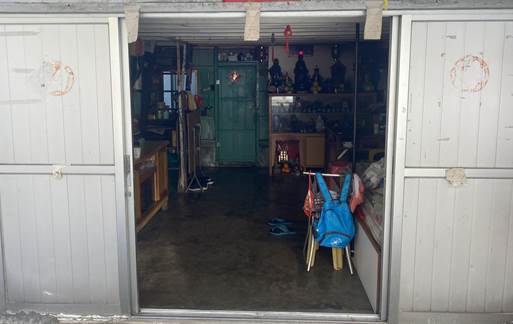
Figure 4. Doors of a stilt house being widely opened
(Source: Field trip)
Trace 2: Temple
Temples are significant traces in Tai O which can be separated into two types according to their appearance and size. Two Hoi Sang Temples located in Tai O and Yi O are built individually. They are relatively crude and small. Those well-structured and frequently renovated temples, which are usually related to the benefits of the whole village, are under the regulation of the Government or Village Temple Committee. We focus on discussing the geographic location of these large-scale temple traces with the cultural perspective behind it. For instance, since the prosperity of the tracing business and the safety of navigation are particularly important for the fishing village, Kwan Tai Temple and Tin Hau Temple are located near the main entrance of the village.
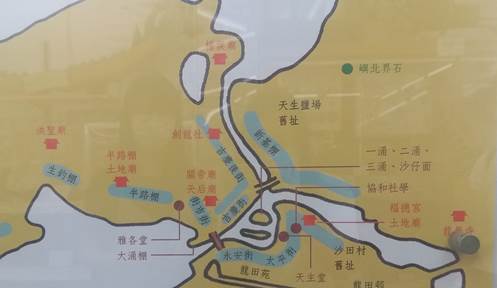
Figure 5 Map indicating each Temples in Tai O
(Source: Field trip)

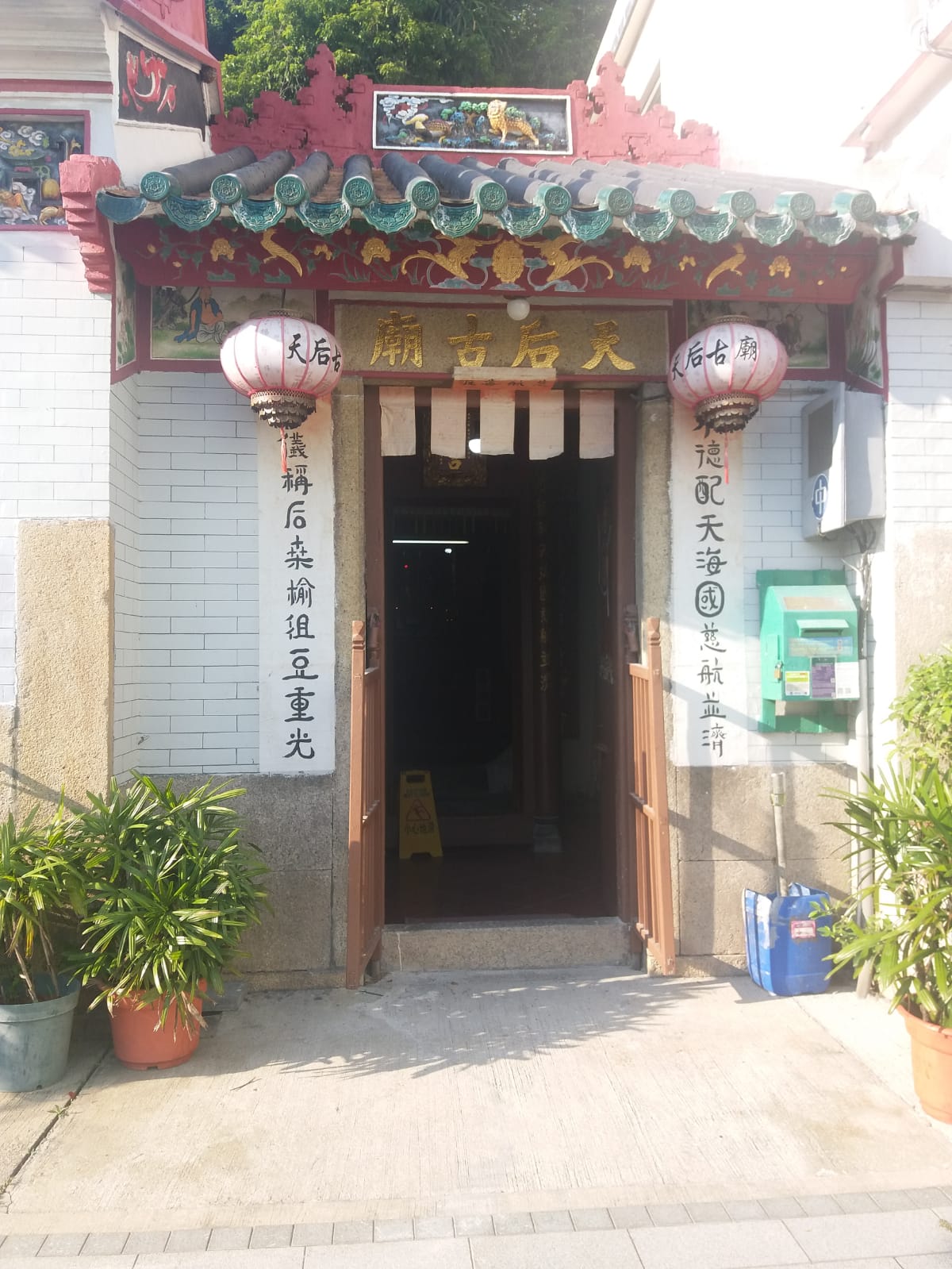
Figure 6. Kwan Tai Temple (left) and Tin Hau Temple (right) in Tai O
(Source: Field trip)
Also, before 2004, when Tai O Public Primary School was converted into Hong Kong Shaolin Wushu Cultural Centre, Hung Shing Temple was already located beside the school to bless students on gaining enthusiasm and achievement in the field of geography and meteorology like what Hung Shing did.

Figure 7 Hung Shing Temple with HK Shaolin Wushu Cultural Centre beside.
(Source: Field trip)
Trace 3: Customs of marriage
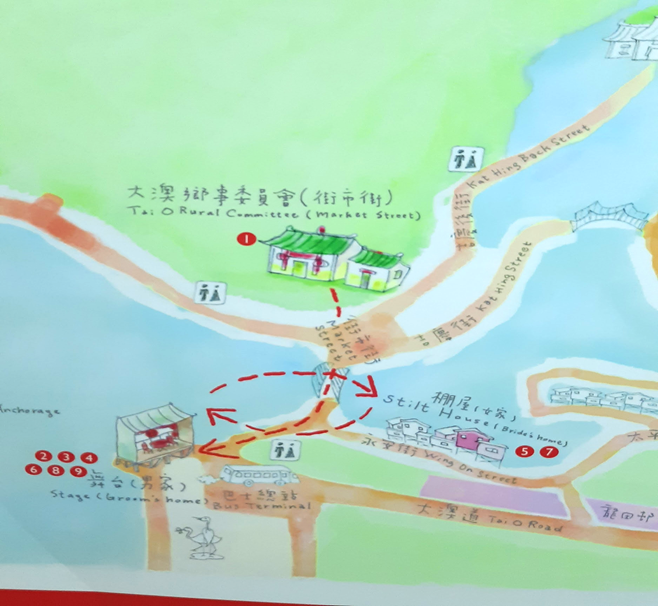
Figure 8 A graphical illustration on the route of the wedding and venue of various events on the wedding day.
(Source: Field trip)
Weddings are important celebrations for Tanka people. Being a traditional race, Tanka females have faced severe sexual inequality, which can be seen from weddings. The bridegroom was assigned a name to signify his maturity on the wedding day, while not for the bride. Moreover, if we take an overview from the whole wedding day, most events are held on boats from the bridegroom’s side. It implies that men have a greater power.
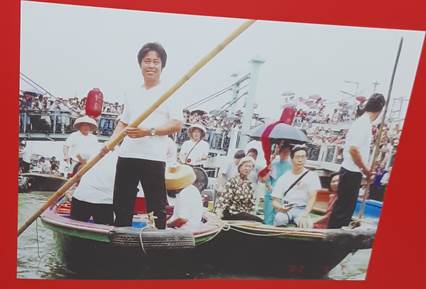
Figure 9. A man on the boat was trying to sing on boat on the wedding day
(Source: field trip)
Singing is also an important element in Tanka culture. Before the wedding day, the bride will sing in hopes of expressing her thankfulness towards her parents and her siblings who have made her who she is. She would also praise a better future.
On the wedding day, both sides of relatives will sing to each other on their boats. The singing hopes to build up the atmosphere, and also make both sides know more about the thoughts of each other. We can see that tanka people are artistic in expressing their thoughts, they know how to improvise lyrics and make up a melody, they also have the skill to question and answer through singing.
3.2. Modern values impact traces of Tanka Culture
Capitalism
Capitalism is a business-driven ideology focusing on goods that bring huge profits. Lefebvre (1979) states that urban space has become merchandise and is altered by the capitalist as how they imagine a capitalist society. Due to the economic transformation of Hong Kong in the 1960s-70s, the demand for labour in the secondary and tertiary industry has increased, Tankas may be lured to work in urban areas with a better salary. The better wages and job nature becomes an enormous inducement for Tankas to blend into the mainstream culture rather than fisheries.
Tourism culture
Tanka people have many unique cultures like "crying sigh". However, only customs with commercial value are valued under capitalism. For instance, the Tai O Dragon Boat Festival, one of the traditional events of Tai O Tanka culture, was listed as a national intangible cultural heritage in 2011. Traditions that have no significant economic value like stilt houses and traditional Tanka marriage have diminished. The government tend to re-package Tai O as a travel site.
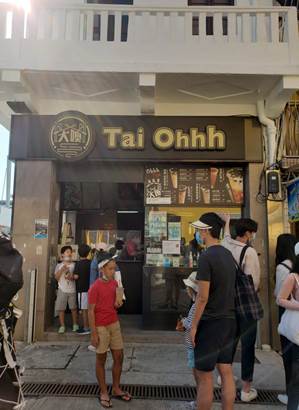

Figure 10. Beverage shop and clamping doll machine in Tai O
(Source: field trip)
According to Lee, a local Tanka resident in Tai O, the number of traditional shops like shops selling shrimp paste has dropped sharply from dozens to two (personal communication, November 7, 2020). But, in the wave of invasion of tourism culture, bubble tea, clamping doll machines have blended into Tai O to cater to the tourists’ needs.
Furthermore, the significant scenery of Tai O -- stilt houses have also been progressively commercialized. Some stilt houses have been renovated for business purposes such as selling salted fish, exquisite goods or transforming into coffee shops. One example is a café and boutique called “Solo” which opened in 2009. It has gained high popularity among visitors. It is undeniable that the renovation of stilt houses can stimulate the growth of tourism of Tai O, however, it is questionable whether the meaning and value of the Tanka culture can still be reflected by the renovated stilt houses.
Sustainability and environmental awareness
As mentioned, fishing and selling shrimp paste are the livelihoods of Tankas. However, according to Lee, in 2011, the government took back the fishermen's trawl license due to the environmental organizations' protest against trawling, which destroys the ecology of the sea. (personal communication, November 7, 2020) Due to the low socioeconomic status of Tanka people, the mainstream culture had often exercised dominant power over them since ancient China. And now, the traditional livelihoods of Tankas are diminishing.
Freedom and Sexual equality changing traditional marriage culture
After the reform and opening up, Tanka people have more freedom to choose their partners themselves. They are no longer stuck within their social circle but can engage with non-Tanka people. In the past, if Tankas wanted to get married, they had to seek help from a fortune teller. But nowadays, Tanka people have a greater decisive power to choose their partners.
Apart from freedom, sexual equality is another modern value which affects the Tanka culture. In the past, the bride had to live with her husband for four months without leaving. Nowadays, the bride is not restricted after three days after the marriage. Women gained more respect and rights from Tanka society.
5. Conclusion
All in all, the history, culture, geographic context and values of various traces of Tankas in Tai O are widely covered in this project. All the traces are valuable and unique. Cultural geographical perspective provides a comprehensive way in understanding the origin of heritage in Tai O. It also helps us to have further understanding on the interaction between traces and modern values. Hoping that all these heritages can be well-preserved in our commercialized society as a remark of history of Hong Kong.
Reference
Anderson, J.(2010). Understanding Cultural Geography. USA: Routledge
Crang, M. (1998). Cultural Geography. London: Routledge.
Lefebvre, Henri (1979) "Space: Social Product and Use Value", in Freiberg, J. W. (ed.), Critical Sociology: European Perspective (pp. 285-295). New York: Irvington.
Lee. (2020, November 7). Personal interview. [Personal interview]


